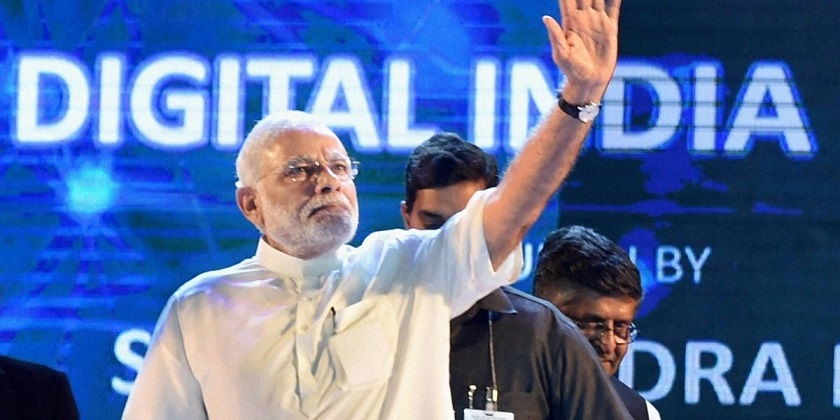
After ‘Digital India’ programmed initiated, less than 2.5% of India’s 2.5 lakh village panchayats have commercial broadband connections. Under the Digital India scheme approved by the cabinet in August, 2014, the government had set a target of providing broadband connections to all 2,50,000 village panchayats by December 2016.
Providing broadband to all village or gram panchayats is an integral part of the ‘Digital India’ programme. It is the first of the ‘nine pillars’ of the project. In February 2018, the Centre announced that over 1.1 lakh village panchayats had been provided “optical fibre connectivity”. However, only 5,010 village panchayats have actual commercial broadband connections as of October 31, 2018, according to internal DoT data . Furthermore, according to DoT only 660 MB of data is being consumed per connection that is provided as a result of BharatNet.
Over the last two years, when the government realised that it would be difficult to achieve its target, it changed its goal half-way and reduced the number of village panchayats to 1,00,000 and passed on the burden of the other 1,50,000 village panchayats to the states.
The task of providing high-speed broadband connections to rural India is a project that meandered under the UPA-II government as well. When the Modi government took over, new funds were injected, and the project was also rechristened from the National Optical Fibre Network (NOFN) to BharatNet.
In his first Independence Day speech in 2014, Modi eloquently explained the significance of Digital India. “You can imagine what a quality education the children in villages will get if all the villages of India are connected with broadband connectivity and if we are able to give long distance education to the schools in every remote corner of the villages,” the Prime Minister said. “If we create a network of telemedicine in the places where there is a shortage of doctors, we can have a clear guideline of the way in which health facilities have to be provided to the poor people living in those areas.”

Post Your Comments